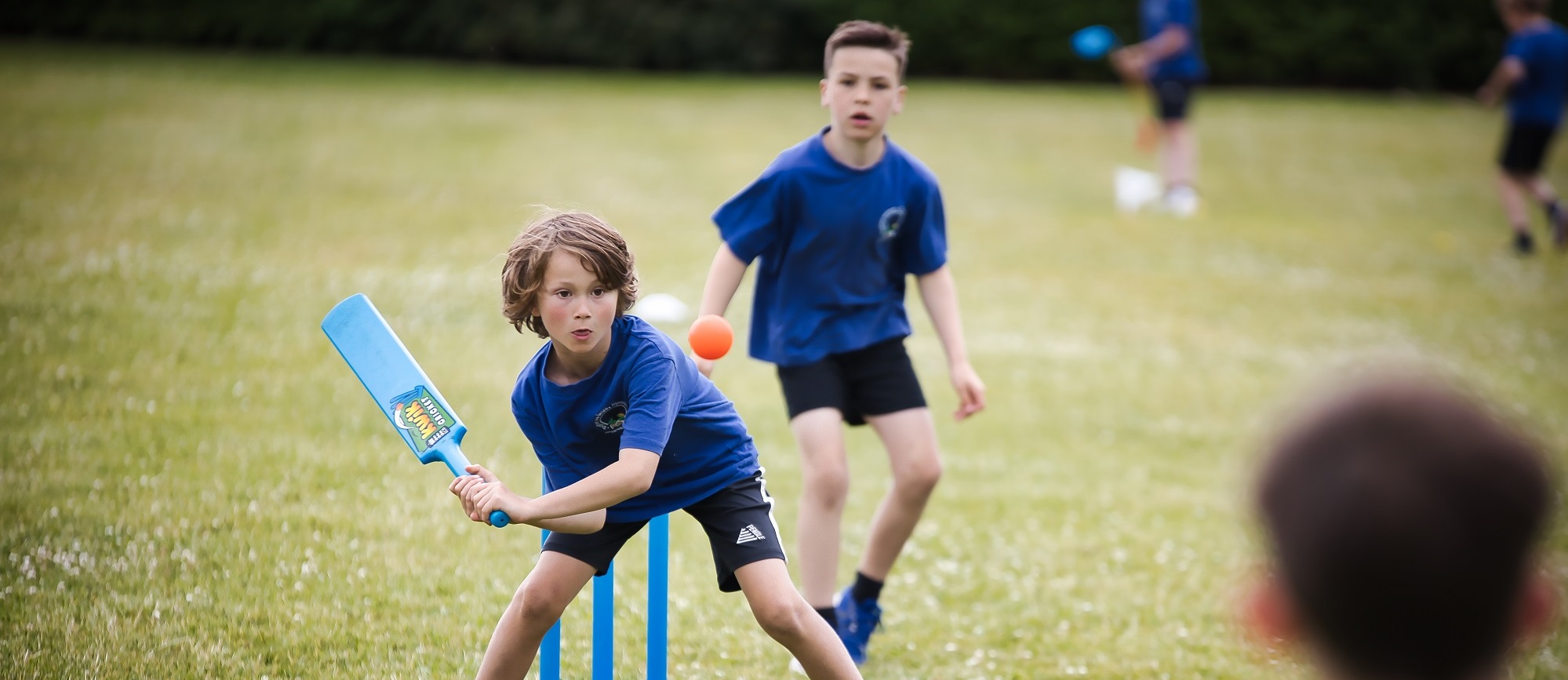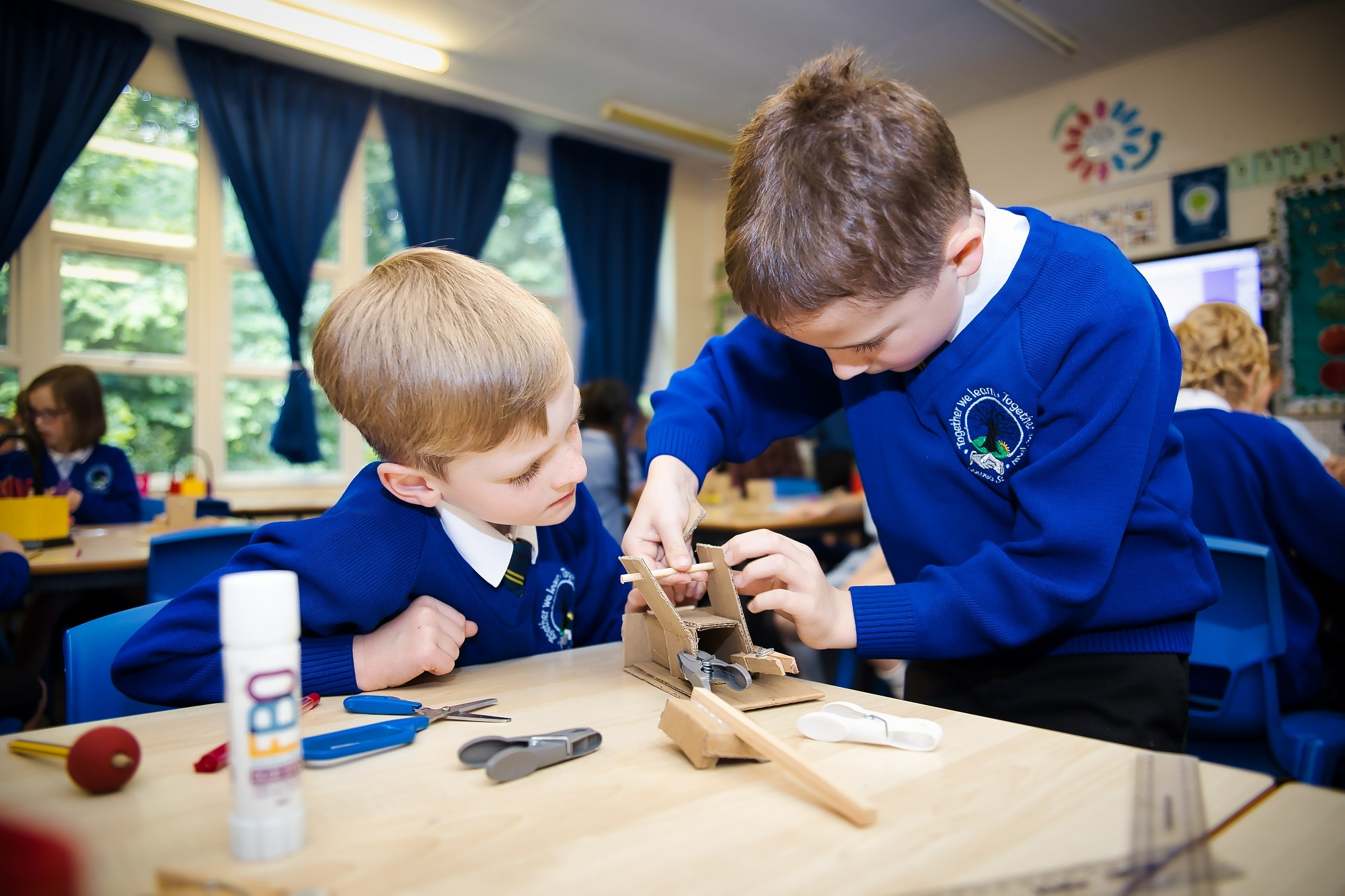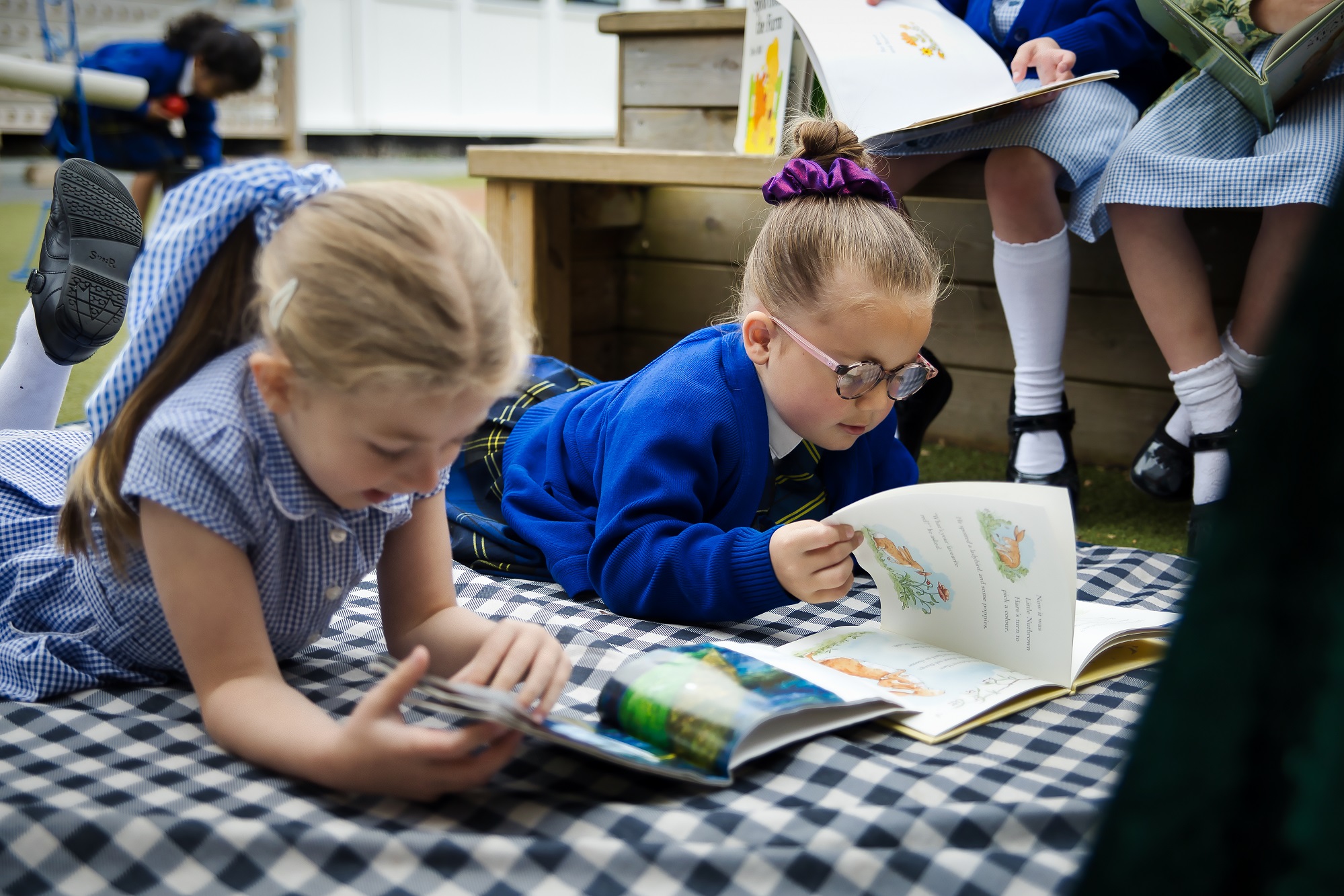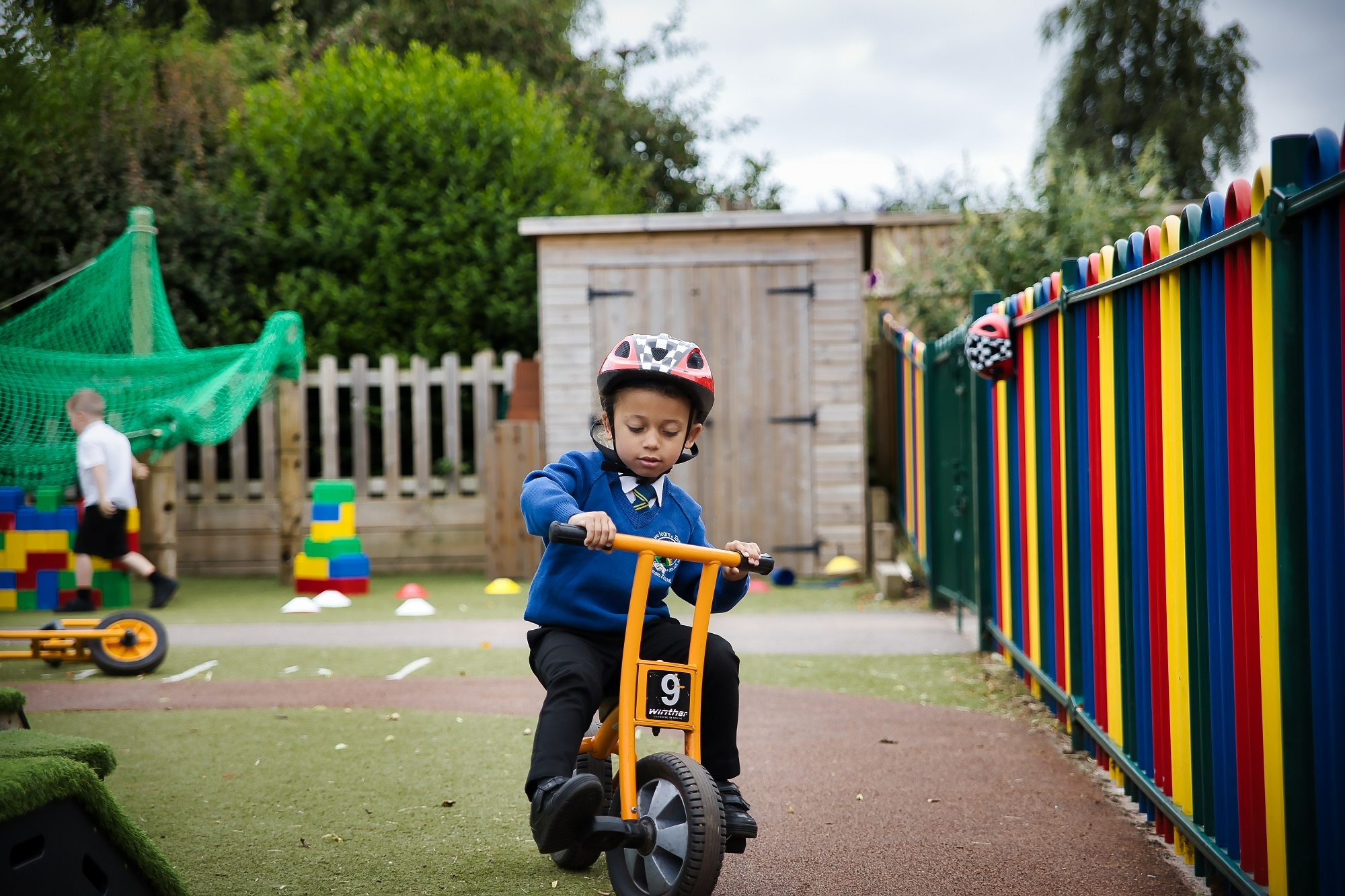Mathematics
Subject Lead: Mr T Locke
Maths Curriculum Intent
When teaching mathematics at Leasowes, we intend to provide a curriculum which caters for the needs of all children, teaching them the necessary and relevant knowledge and skills to become successful in the future. Understanding of number is a fundamental life skill. The culture and ethos at Leasowes is about breaking the perception of ‘I can’t do maths’, converting reluctant mathematicians into resilient and confident learners. We incorporate sustained levels of challenge through varied and high-quality activities with a focus on fluency, reasoning and problem-solving to meet the goal of ‘True Fluency’. Children are required to explore Maths in depth, using mathematical vocabulary to reason and explain their workings, understanding that there are many ways to solve a problem and that some are more efficient than others. A wide range of mathematical resources are used and children are taught to show their workings in a concrete, pictorial and abstract form wherever suitable. They are taught to explain their choice of methods and develop their mathematical reasoning skills. We instil courage, and an acceptance that challenge is often a necessary step in learning. Our rigorous curriculum allows children to make better sense of the world around them, relating the connections between mathematics and everyday life.
Maths in EYFS
In Reception, maths is all about exploring numbers, shapes, and patterns through play and everyday experiences. Children begin to develop early number sense by counting objects, recognising numerals, and learning to compare quantities. They also start to explore basic concepts like addition and subtraction using hands-on activities. Maths is delivered through enjoyable and interactive tasks, where all children build a strong foundation in maths in an engaging way, helping them develop confidence and curiosity about numbers. Through stories, songs, and role-play, maths becomes a part of their daily routine, laying the groundwork for more formal learning in later years.
Maths Curriculum Implementation
Mathematics is a core subject of the National Curriculum. All children take part in daily coherent Maths lessons, which cover the programmes of study for Maths in a rigorous and progressive way, as set out in the National Curriculum and EYFS statutory framework (RRS 28/29 – Right to and goals of education). The Maths curriculum at Leasowes is ambitious due to the many teaching strategies used to ensure that the children are deepening their understanding of all concepts all of the time. At the planning stage, teachers understand the need to make the learning memorable, providing effective scaffolding where necessary, as well as creating rigorous challenge for those who are ready for this, so that children continually grow in confidence.
Examples of our ambitious provision include:
• Use of White Rose Resources
• A Concrete, Pictorial and Abstract approach
• Creating regular reasoning opportunities
• Adaptive teaching that is fluid
• A relentless approach to tackling misconceptions
• Regular retrieval tasks away from the learning to encourage memory
• Use of Bar modelling
• Effective Learning Conversations
• Use of ‘Mentor/ Mentee’ in UKS2
• Pre-teaching through morning club and registration times
• ‘Extra’ Maths, such as the use of thoughtful, inviting and effective times tables games in Y4 during registration
• Consolidation activities planned for homework
• CPD through Staff Development Meetings
Children are taught 1-1, in groups and as classes; similarly, children will be expected to work alone, in pairs, in small groups and sometimes as a whole class. The key skills are approached in varied and systematic ways in order to ensure that children have a balanced wide range of strategies at their disposal. Various approaches are adapted and integrated to meet the needs of the individual. A flexible yet rigorous approach is taken in the use of different methodologies and materials. Many adaptive teaching strategies are used across the key stages, enabling an inclusive maths curriculum that is challenging to all.
Key Stage One
The principal focus of mathematics teaching in key stage 1 is to ensure that children develop confidence and mental fluency with whole numbers, counting and place value, therefore preparing the children for the next phase in their learning. This should involve working with numerals, words and the four operations, including with practical resources (for example, concrete objects and measuring tools). At this stage, children should develop their ability to recognise, describe, draw, compare and sort different shapes and use the related vocabulary. Teaching should also involve using a range of measures to describe and compare different quantities such as length, mass, capacity/volume, time and money. By the end of Year 2, most children will meet the expected standard set out in the Teacher Assessment Framework for the end of KS1 expectations, with some children working towards or at greater depth. Children should read and spell mathematical vocabulary, at a level consistent with their increasing word reading and spelling knowledge at key stage 1.
Lower Key Stage Two
The principal focus of mathematics teaching in lower key stage 2 is to ensure that children become increasingly fluent with whole numbers and the four operations, including number facts and the concept of place value. This should ensure that children develop efficient written and mental methods and perform calculations accurately with increasingly large whole numbers. At this stage, children should develop their ability to solve a range of problems, including simple fractions and decimal place value. Teaching should also ensure that children draw with increasing accuracy and develop mathematical reasoning so they can analyse shapes and their properties, and confidently describe the relationships between them. It should ensure that they can use measuring instruments with accuracy and make connections between measure and number. By the end of year 4, children should have memorised their multiplication tables up to and including the 12x multiplication table and show precision and fluency in their work. This will be assessed with through the Multiplication Tables Check (MTC). Knowledge of the times tables are essential in preparation to applying these to more complex concepts in UKS2. Children should read and spell mathematical vocabulary correctly and confidently, using their growing word reading knowledge and their knowledge of spelling.
Upper Key Stage Two
The principal focus of mathematics teaching in upper key stage 2 is to ensure that children extend their understanding of the number system and place value to include larger integers. This should develop the connections that children make between multiplication and division with fractions, decimals, percentages and ratio, and apply this knowledge to solving problems. At this stage, children should develop their ability to solve a wider range of problems, including increasingly complex properties of numbers and arithmetic, and problems demanding efficient written and mental methods of calculation. With this foundation in arithmetic, children are introduced to the language of algebra as a means for solving a variety of problems. Teaching in geometry and measures should consolidate and extend knowledge developed in number. Teaching should also ensure that children classify shapes with increasingly complex geometric properties and that they learn the vocabulary they need to describe them. By the end of year 6, children should be fluent in written methods for all four operations, including long multiplication and division, which are consistently taught in line with the Calculations Progression Policy. Children should also be fluent in working with fractions, decimals and percentages. This will enable the children to access KS3 Maths with confidence. Children should read, spell and pronounce mathematical vocabulary correctly. This will be assessed through end of KS2 SATs.
Concrete Pictorial Abstract (CPA)
Throughout our ambitious Maths curriculum, we embed a Concrete, Pictorial and Abstract (CPA) approach, in particular to the teaching of number. We understand, that the children who thrive in maths, thrive because they are able to see the pattern and interconnections within the given concept. The CPA approach gives all children the opportunity to do this, ensuring that our teaching of Maths is equitable. We use effective resources and scaffolding; creating many concrete and pictorial opportunities before introducing the abstract. This enables the children to build a clearer understanding, connecting their knowledge and skills and therefore visualising the problem at hand when working in the abstract form.
Reasoning
Developing reasoning skills with young learners needs to be completed carefully and systematically. We aim to develop their reasoning skills so they learn to become systematic thinkers and also acquire the ability to articulate such thinking in a clear, succinct and logical manner. This approach enables learners to develop their enquiry skills in order to frame maths in a relevant way of our current world. Through their reasoning, the children’s opinions on how to approach a question are seen as a safe and calm discussion (RRS 12 – Respect the views of the child). Reasoning activities are regularly planned for, with activities visible in books.
Retrieval
Retrieval plays a key part in making the Leasowes curriculum ambitious. In Maths, children develop their retrieval, and therefore memory skills through a variety of different methods including pre-teaching concepts, consolidating learning and helping improve rapid learning. Retrieval activities are clearly planned in and activities visible in books with an orange border to ensure its differentiation from other activities. The tasks are implemented away from the learning, giving the children the opportunity to show their teacher what they truly remember, therefore creating a further effective assessment tool.
Bar Modelling
Bar modelling is an essential ‘maths mastery’ strategy that we have adopted throughout the school. Bar modelling allows children to draw and visualise mathematical concepts to solve problems. The purpose of bar modelling is to support the children in identifying the mathematical relationships within the questions and support identification of operation in a pictorial way. This builds upon and deepens understanding of calculation, therefore enabling children to build coherence and ‘True Fluency’.
Times Tables
In the Primary National Curriculum for Maths, times tables up to 12 x 12 are something which children are required to know and understand by the end of Year 4.
When it comes to times tables, speed and accuracy are important – the more facts your child remembers, the easier it is for them to do harder calculations. Our expectations for when to know and fully understand each times table are as follows:
- Year 2: 2, 5 and 10
- Year 3: 2, 3, 4, 5, 8 and 10
- Year 4: 2, 3, 4, 5, 6, 7, 8, 9, 11, 12
- Year 5: all facts to 12 x 12
- Year 6: all facts to 12 x 12






